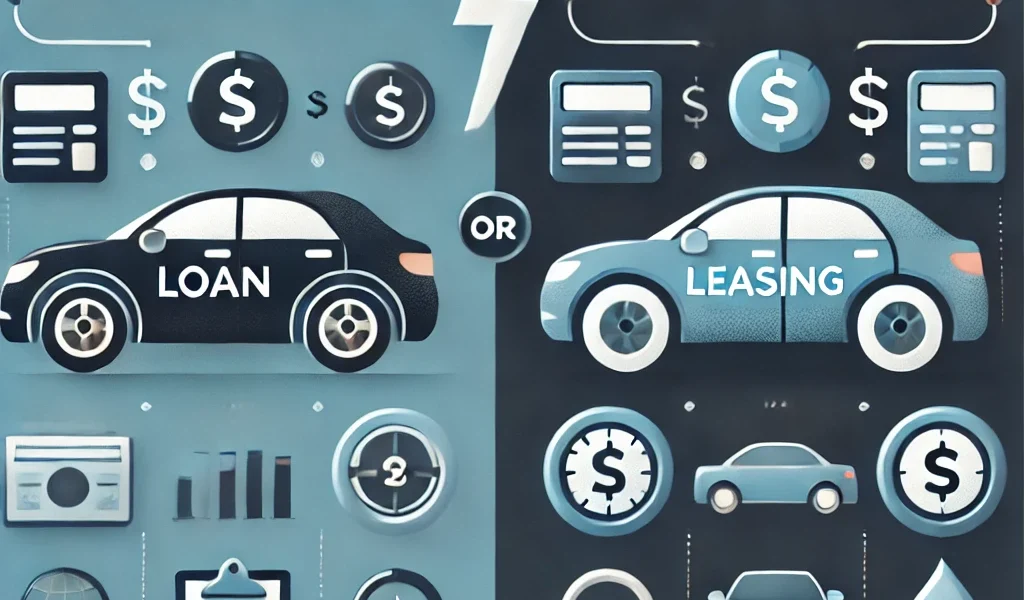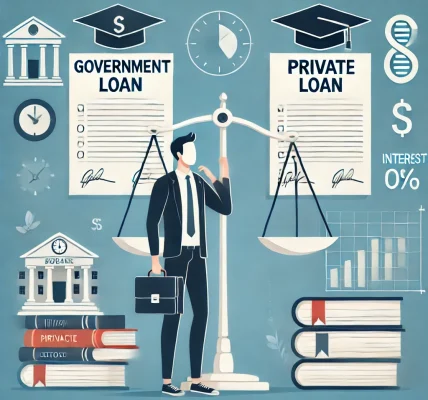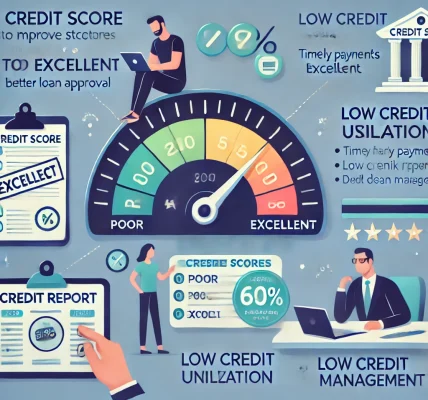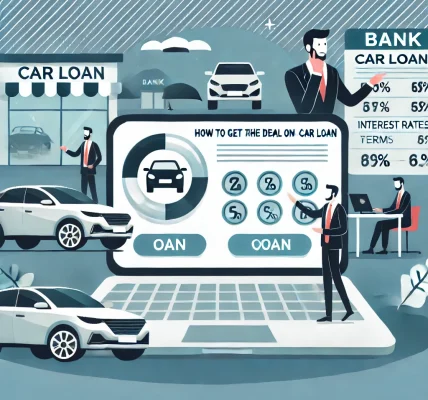Introduction
Buying a car is a significant financial decision, and choosing the right financing option can greatly impact your long-term financial health. Two common options are car loans and leasing. But which one saves you more money?
This article breaks down the differences between car loans and leasing, analyzing the costs, benefits, and potential drawbacks to help you make an informed decision.
Disclaimer: This article is for informational purposes only. Always check with financial advisors and lenders for current terms and conditions before making a decision.
What is a Car Loan?
A car loan is a type of auto financing where you borrow money from a lender to purchase a vehicle. You make monthly payments until the loan is paid off, after which you fully own the car.
How a Car Loan Works
- Down Payment: Some lenders require an upfront payment (typically 10–20% of the car’s price).
- Loan Term: Loan periods range from 24 to 72 months.
- Monthly Payments: Payments cover principal and interest.
- Ownership: Once fully paid, the car belongs to you.
Pros of a Car Loan
✔ Full Ownership: You own the car once the loan is paid. ✔ No Mileage Restrictions: Unlike leasing, there are no annual mileage limits. ✔ Modification Freedom: You can customize or modify the car as you like. ✔ Better Long-Term Value: No need to return the car after a fixed period.
Cons of a Car Loan
❌ Higher Monthly Payments: Loan payments are usually higher than lease payments. ❌ Depreciation Costs: The car loses value over time, impacting resale value. ❌ Maintenance Costs: As the car ages, maintenance expenses increase.
What is Car Leasing?
Car leasing is essentially renting a vehicle for a fixed period (typically 24 to 48 months) with a set monthly payment. At the end of the lease, you can return the car, extend the lease, or buy the vehicle.
How Car Leasing Works
- Initial Fees: May include a down payment, security deposit, and first month’s payment.
- Lease Term: Typically 24–48 months.
- Monthly Payments: Based on depreciation, not full vehicle cost.
- Return or Buy Option: At the lease end, you can return the car or buy it at a predetermined price.
Pros of Car Leasing
✔ Lower Monthly Payments: Lease payments are usually lower than loan payments. ✔ Newer Cars: Leasing allows you to drive a new car every few years. ✔ Lower Maintenance Costs: Many leases include warranties covering repairs. ✔ Tax Benefits for Businesses: Leasing can offer tax deductions for business owners.
Cons of Car Leasing
❌ No Ownership: At the end of the lease, you must return the car unless you choose to buy it. ❌ Mileage Limits: Most leases restrict annual mileage (e.g., 12,000–15,000 miles), with fees for exceeding limits. ❌ Customization Restrictions: Modifying a leased car is usually not allowed. ❌ Lease-End Fees: Charges for wear and tear or excessive mileage.
Car Loan vs. Leasing: A Cost Comparison
Example Scenario: 3-Year Cost Analysis
| Factor | Car Loan | Car Lease |
|---|---|---|
| Vehicle Price | $30,000 | $30,000 |
| Down Payment | $3,000 | $2,000 |
| Loan/Lease Term | 36 months | 36 months |
| Monthly Payment | $550 | $400 |
| Total Paid Over 3 Years | $22,800 | $14,400 |
| End Value | Car Ownership | Return to Dealer |
| Resale Value (After 3 Years) | $18,000 | N/A |
| Final Net Cost | $12,000 | $14,400 |
Analysis: Car loans generally have a higher upfront cost, but since you own the vehicle, you can recoup some value when selling it. Leasing, on the other hand, costs less per month but does not provide ownership.
When to Choose a Car Loan
✅ You drive high mileage and don’t want to worry about lease restrictions. ✅ You plan to keep the car long-term and prefer ownership. ✅ You want customization freedom (e.g., adding accessories, upgrading parts). ✅ You aim to build equity in an asset rather than continually making payments.
When to Choose Leasing
✅ You want lower monthly payments and minimal upfront costs. ✅ You like driving a new car every few years without worrying about depreciation. ✅ You prefer minimal maintenance costs, as new cars have fewer repairs. ✅ You have a business and want tax deductions on lease expenses.
Hidden Costs to Watch Out For
For Car Loans:
⚠ Interest Rates: Higher interest increases total cost. ⚠ Loan Origination Fees: Some lenders charge processing fees. ⚠ Depreciation Loss: Resale value can be lower than expected.
For Leasing:
⚠ Excess Mileage Fees: Costs for exceeding mileage limits. ⚠ Wear & Tear Charges: Penalties for damage beyond normal use. ⚠ Lease Termination Fees: Early termination can be costly.
Final Verdict: Which Option Saves You More Money?
The answer depends on your financial goals and lifestyle:
- If you prefer lower monthly costs and a new car every few years, leasing may be the better option.
- If you want to build equity and drive the car for many years, a car loan is more cost-effective in the long run.
Pro Tip: Consider a Certified Pre-Owned (CPO) car loan as a middle-ground option—it offers lower costs than a new car loan but still provides ownership benefits.
Conclusion
Both car loans and leasing have pros and cons. Choosing the best option requires assessing your budget, driving habits, and long-term financial goals. If you want long-term value and ownership, go for a car loan. If you prefer lower payments and driving a new car frequently, leasing is the way to go.
Before making a decision, compare financing options from multiple lenders and dealers to secure the best deal for your needs.
Disclaimer: Loan and lease terms may vary based on lender policies and location. Always review agreements carefully before making a commitment.




